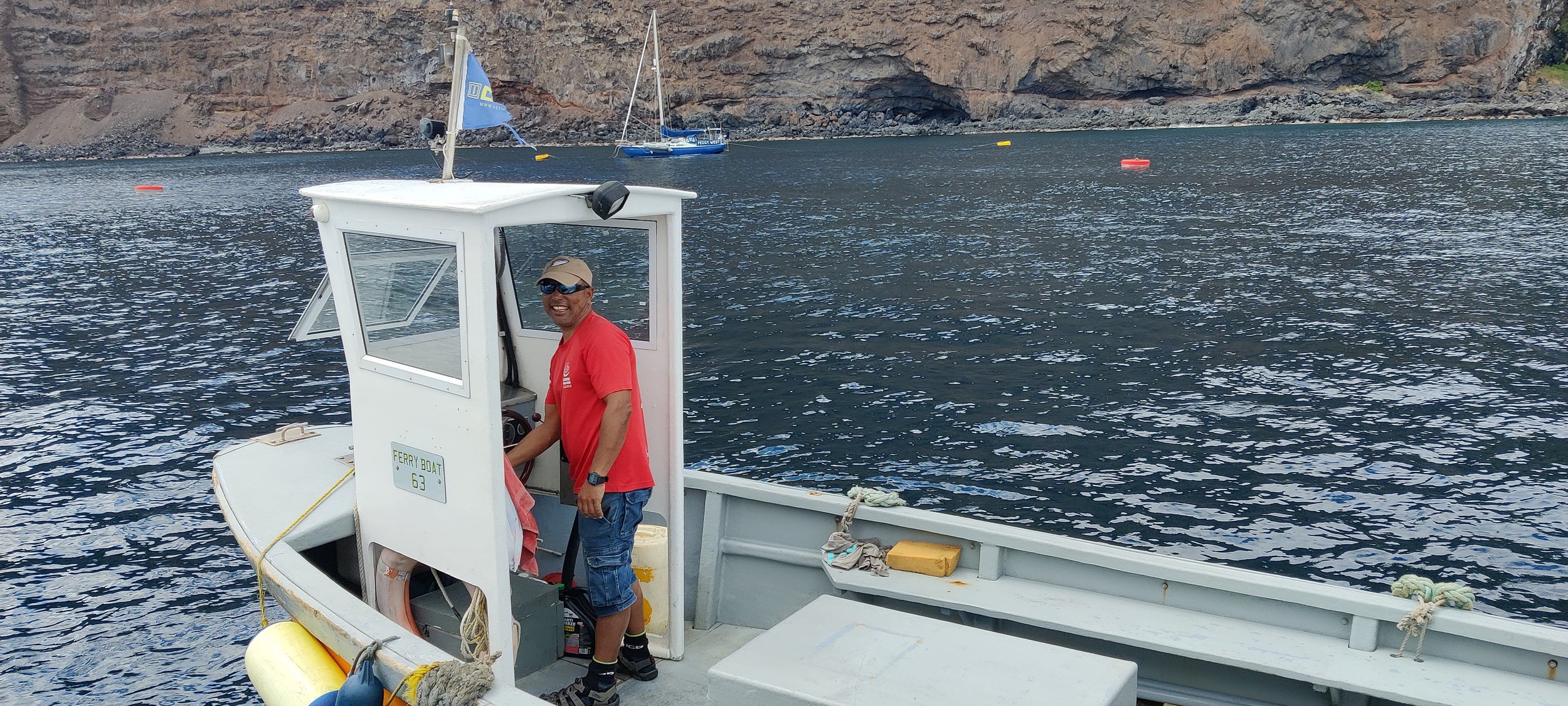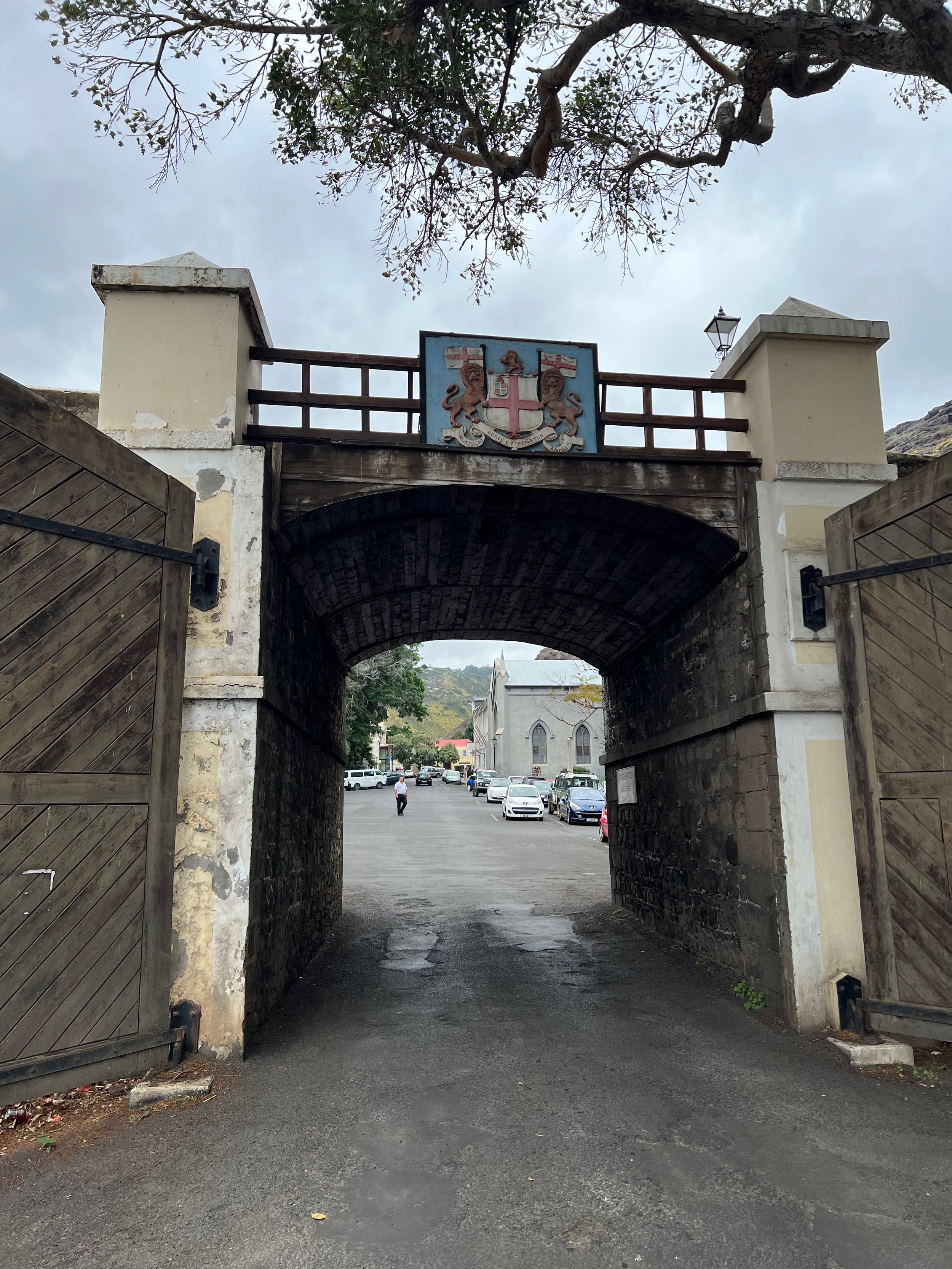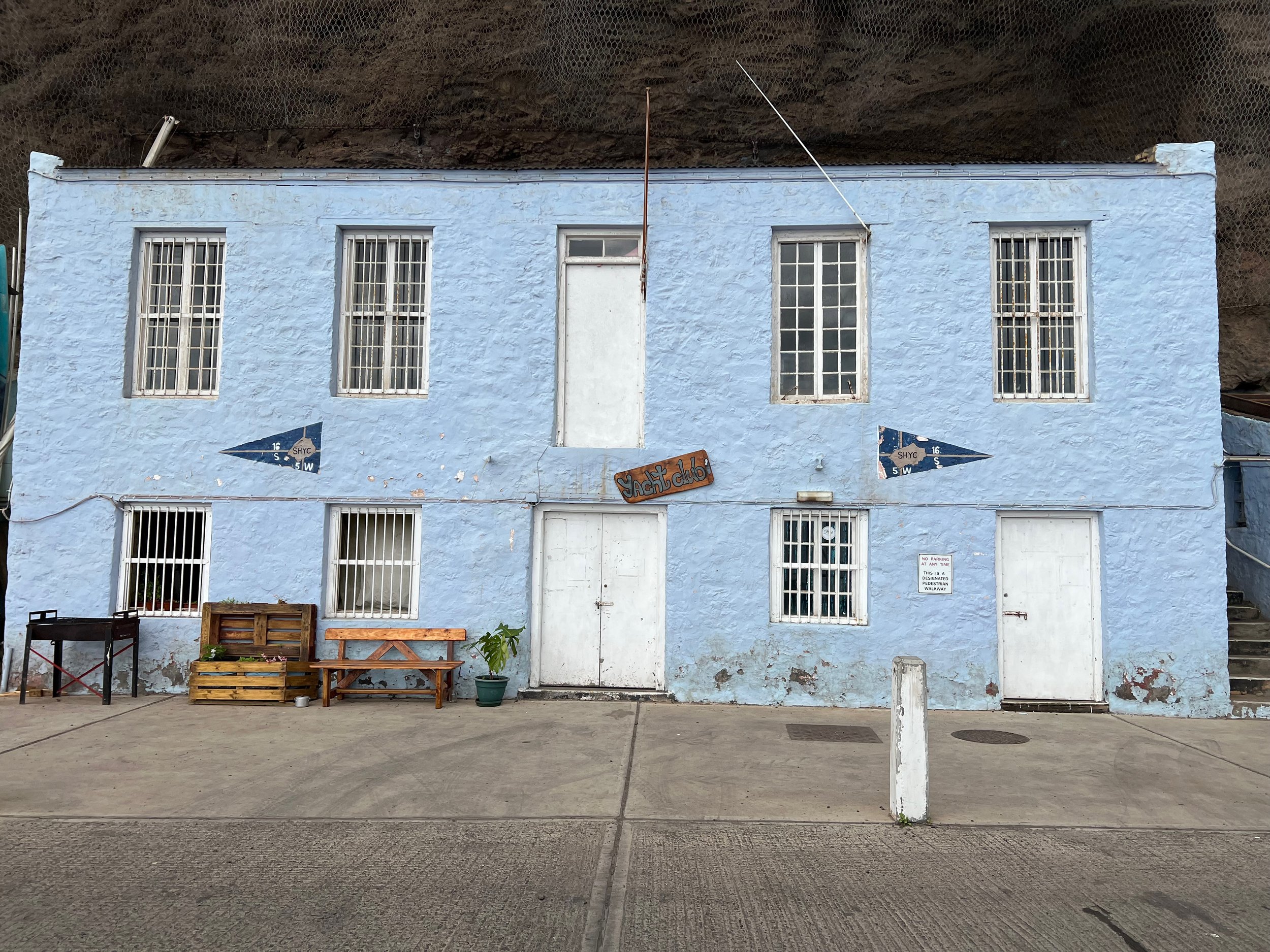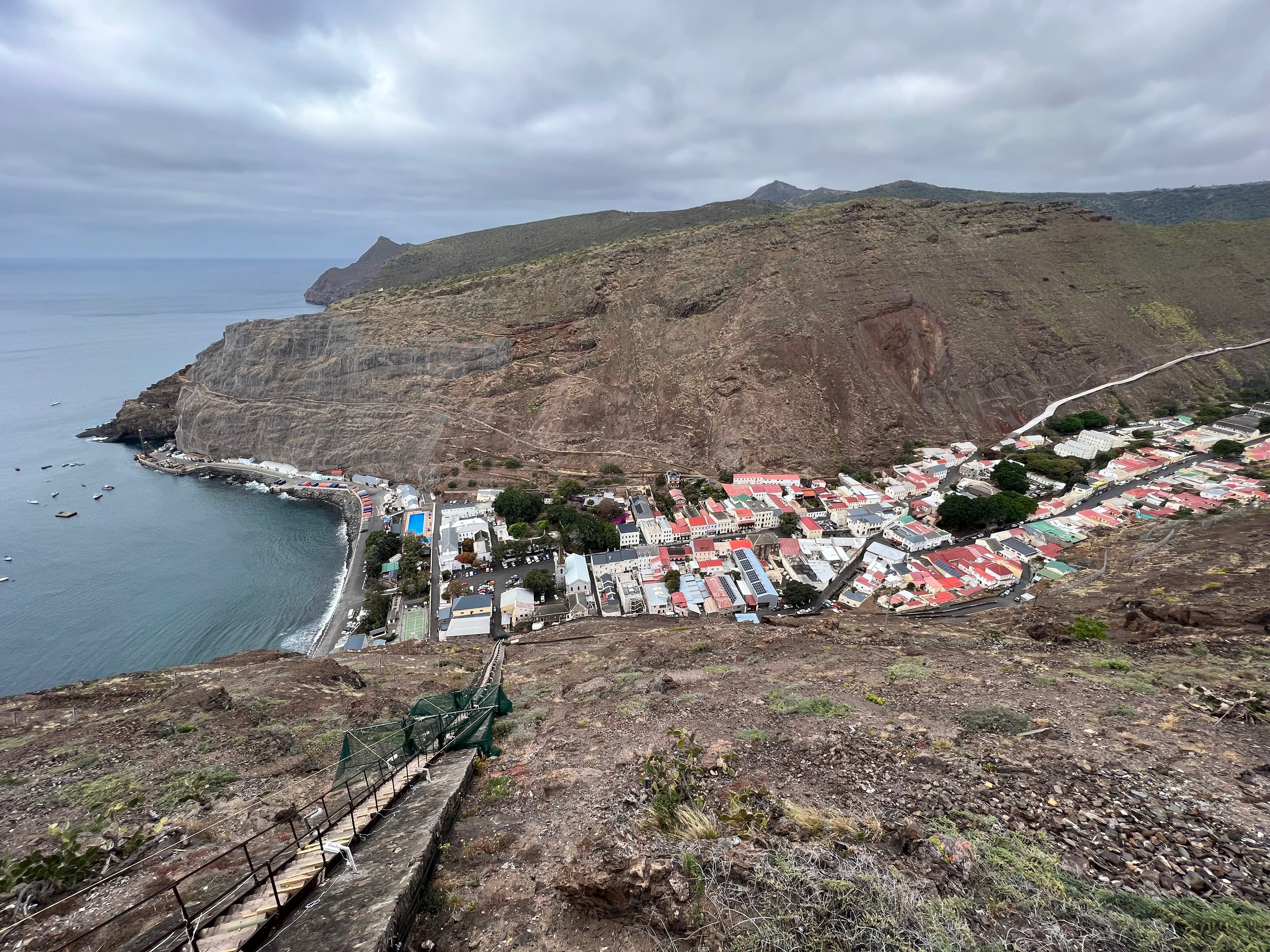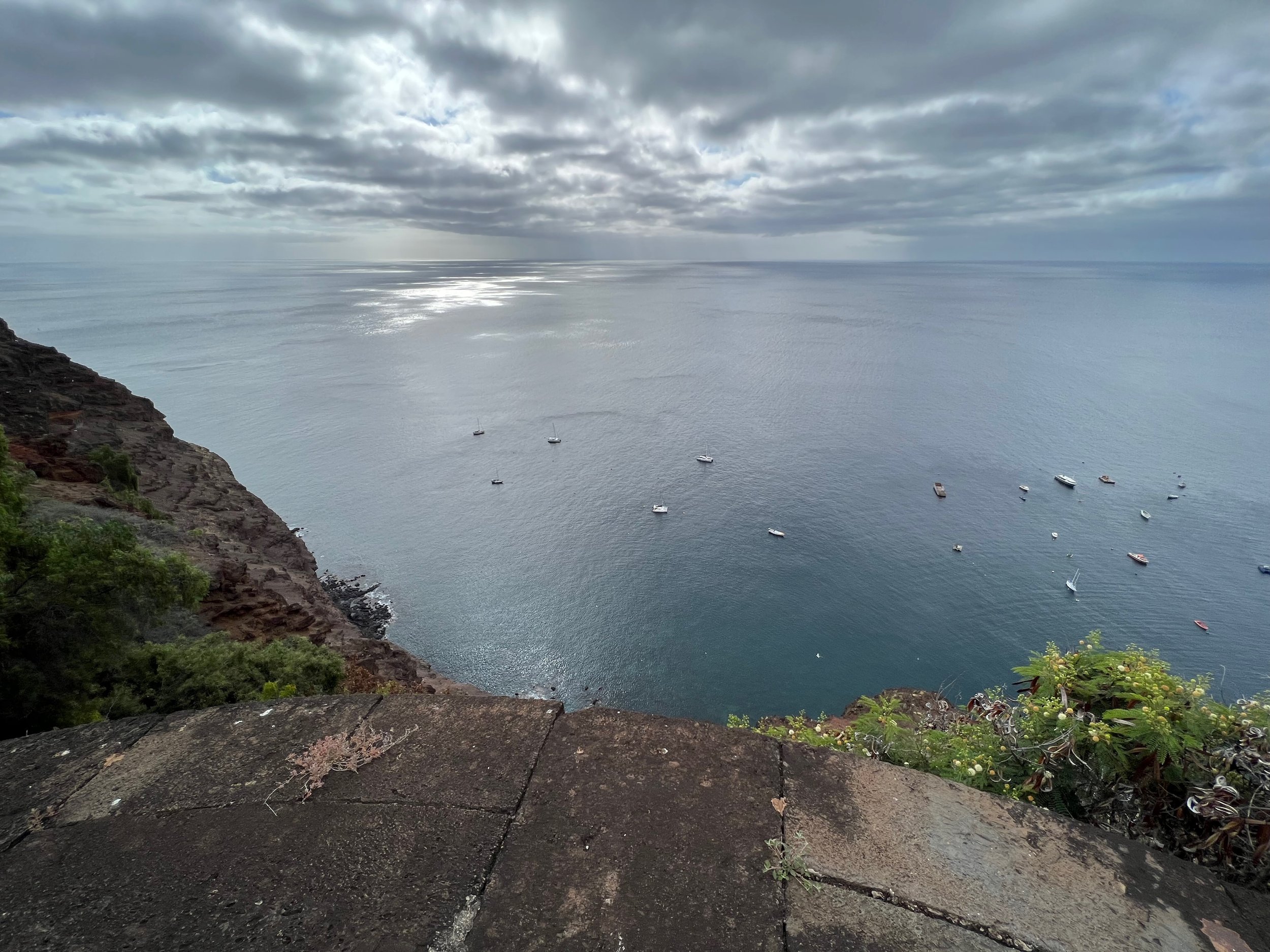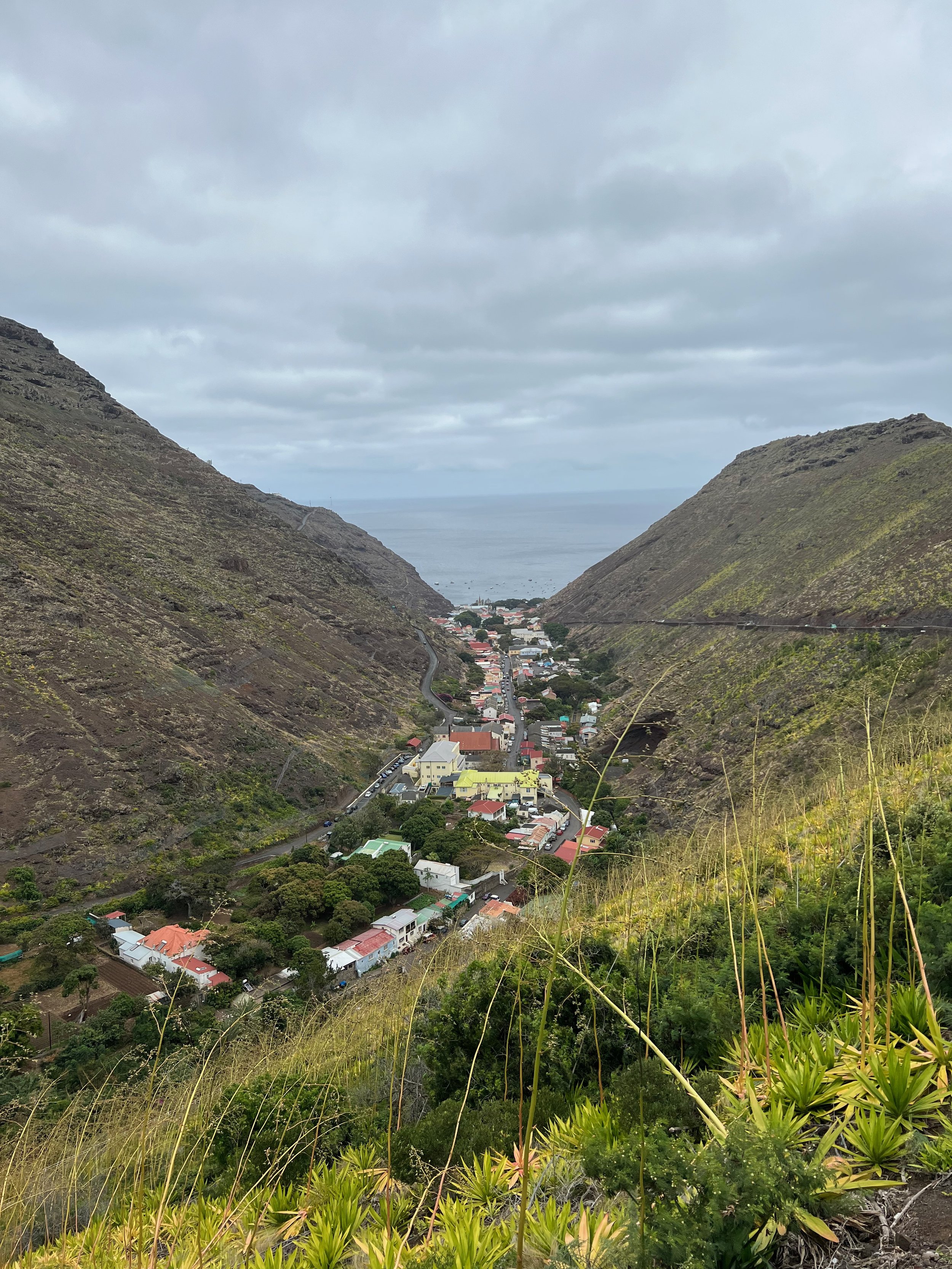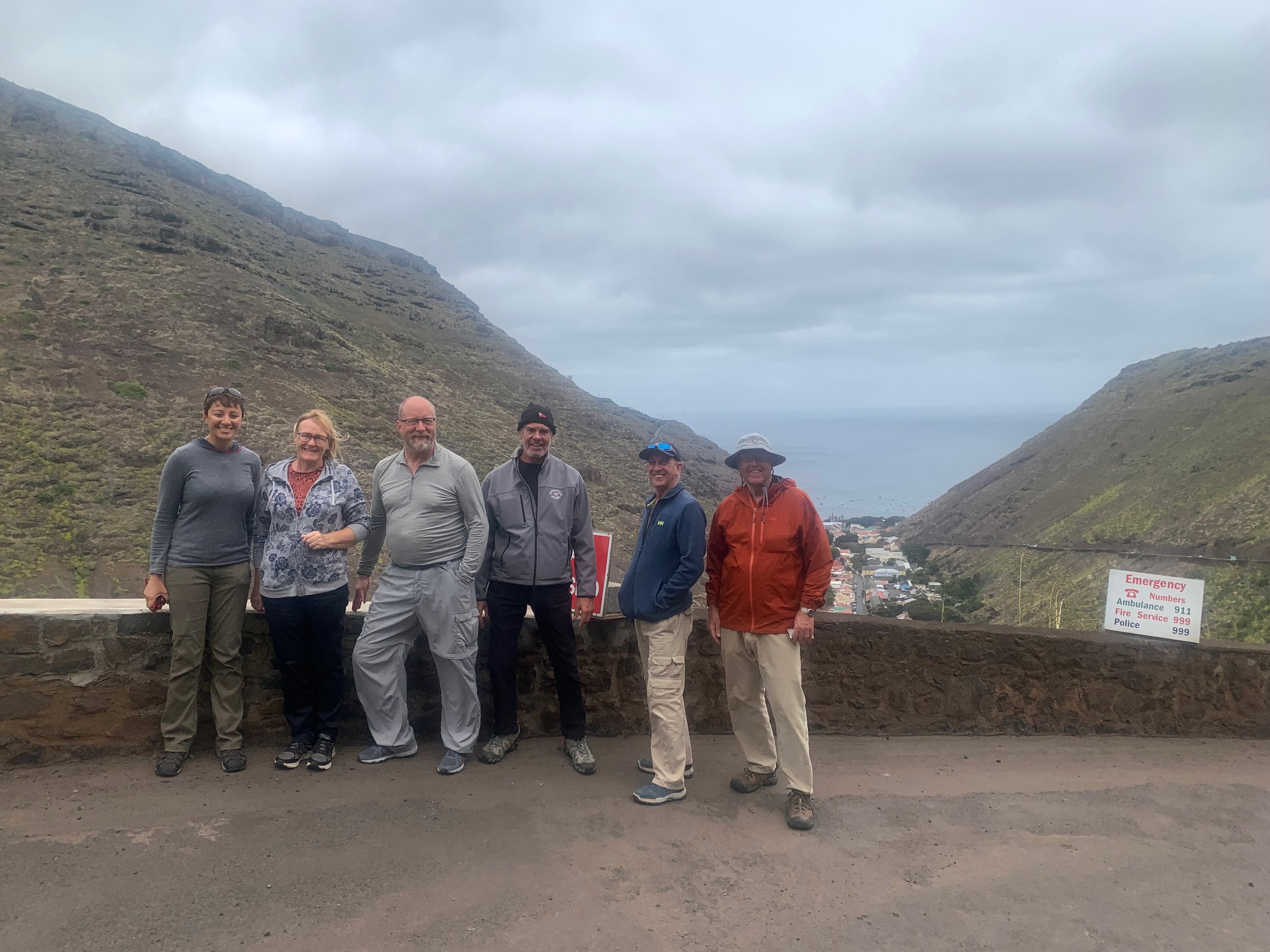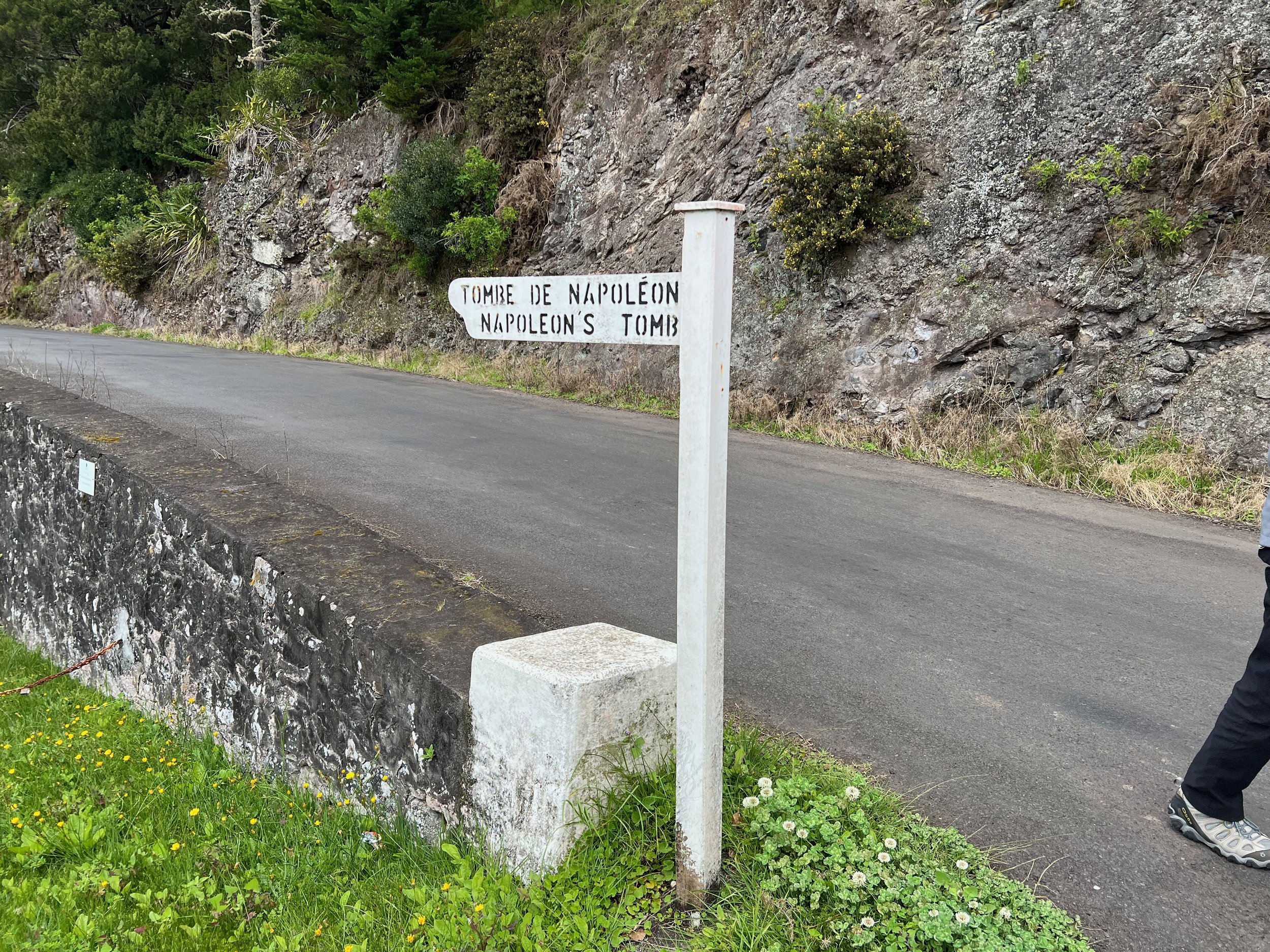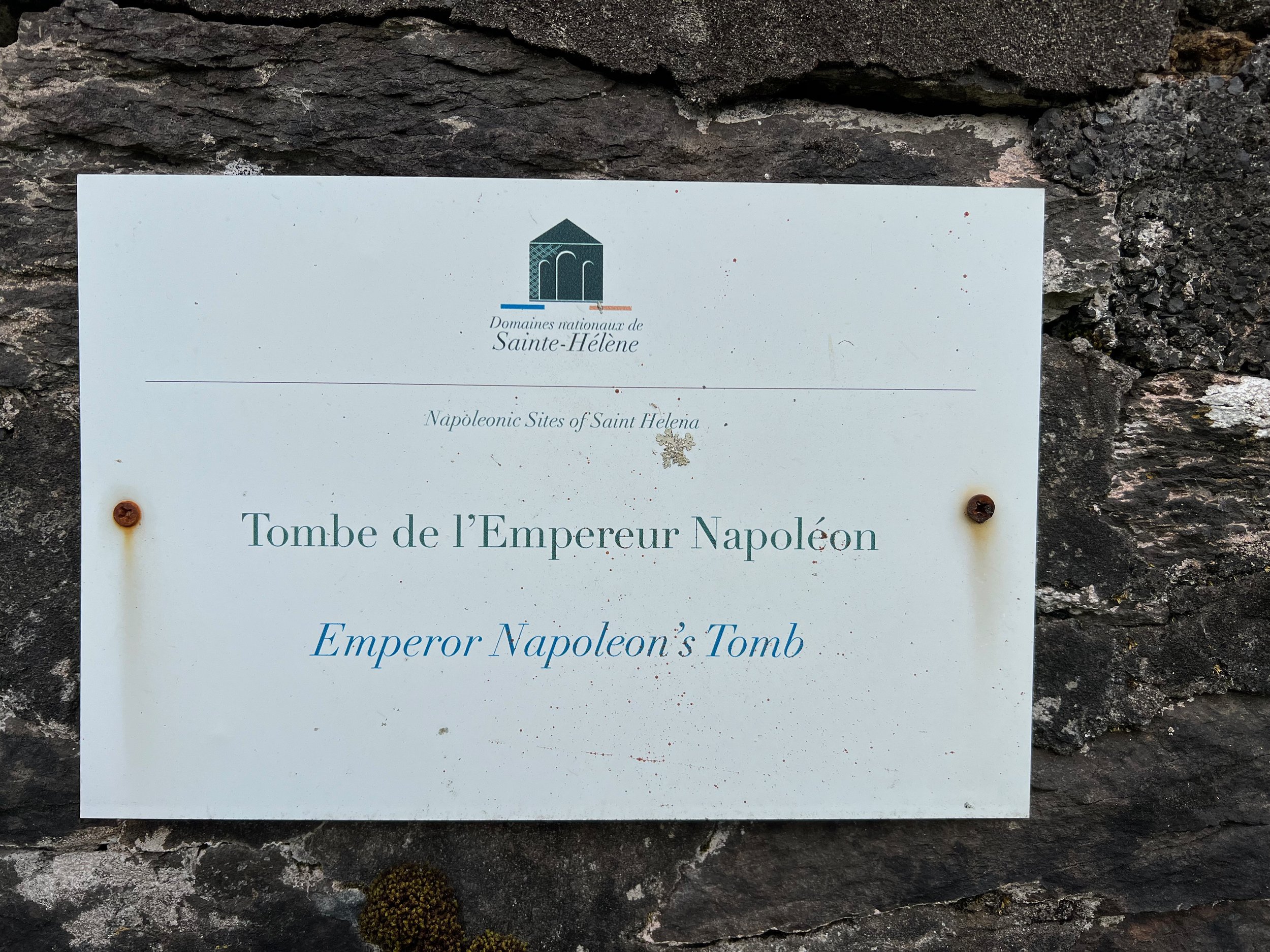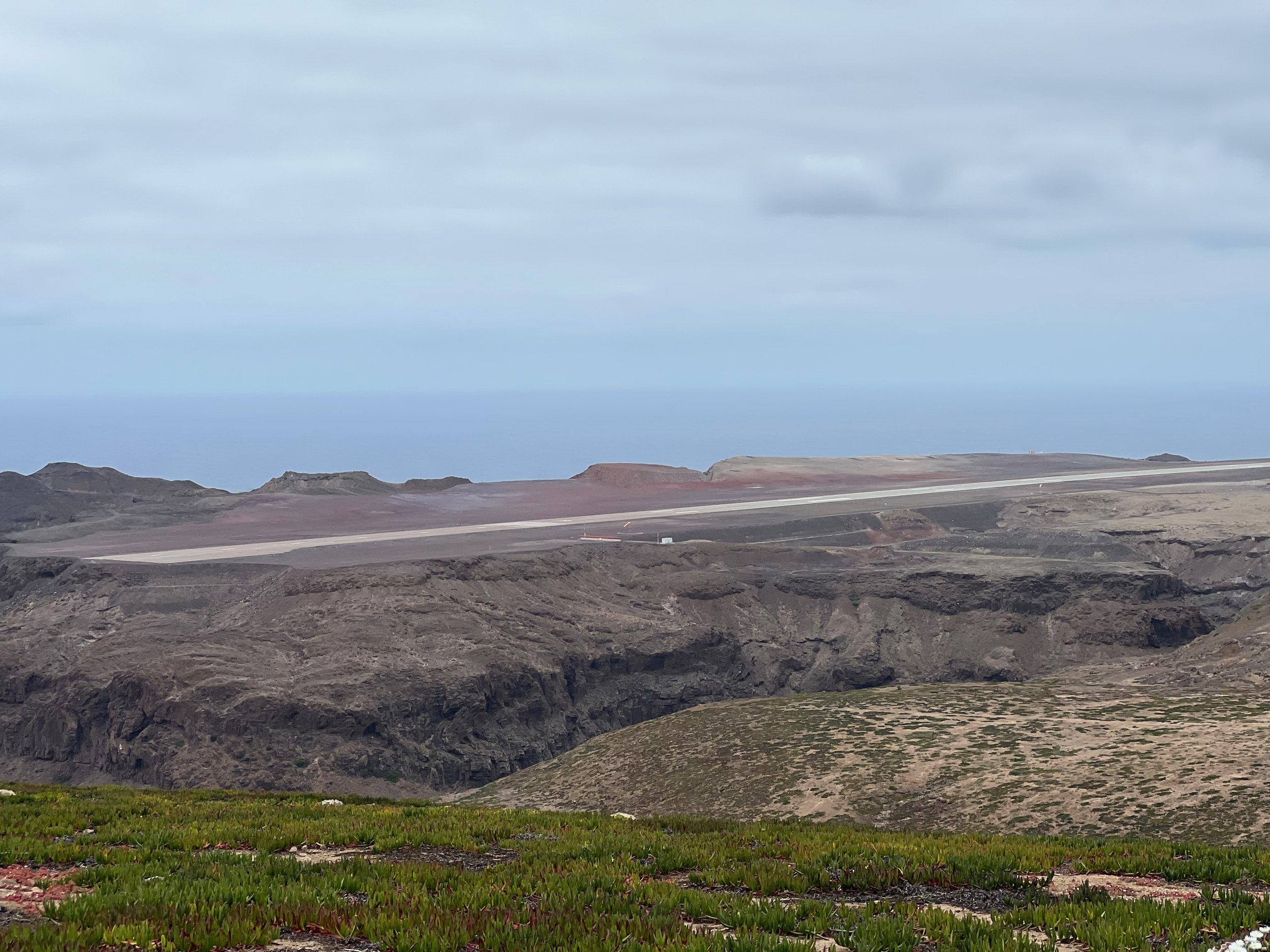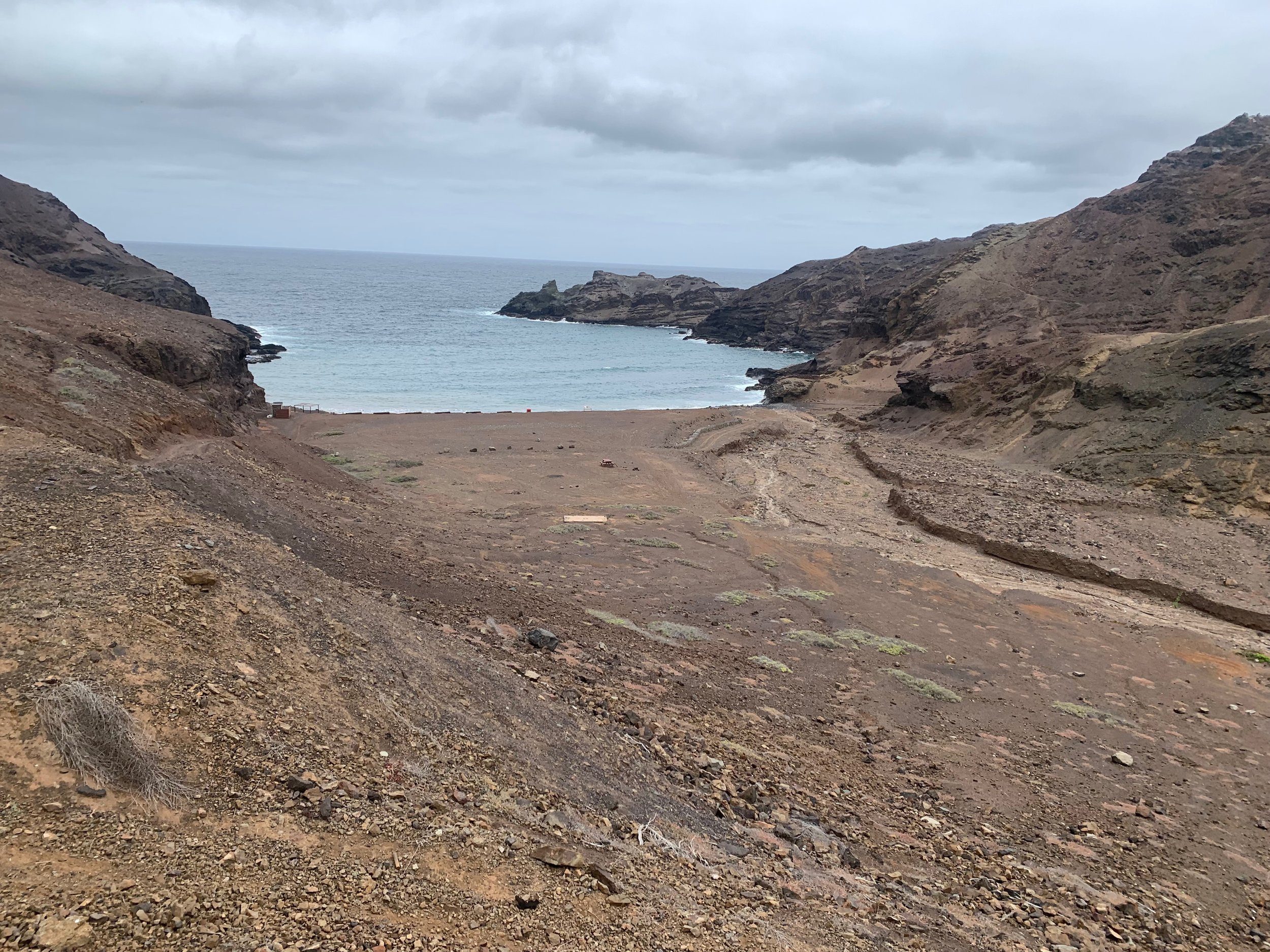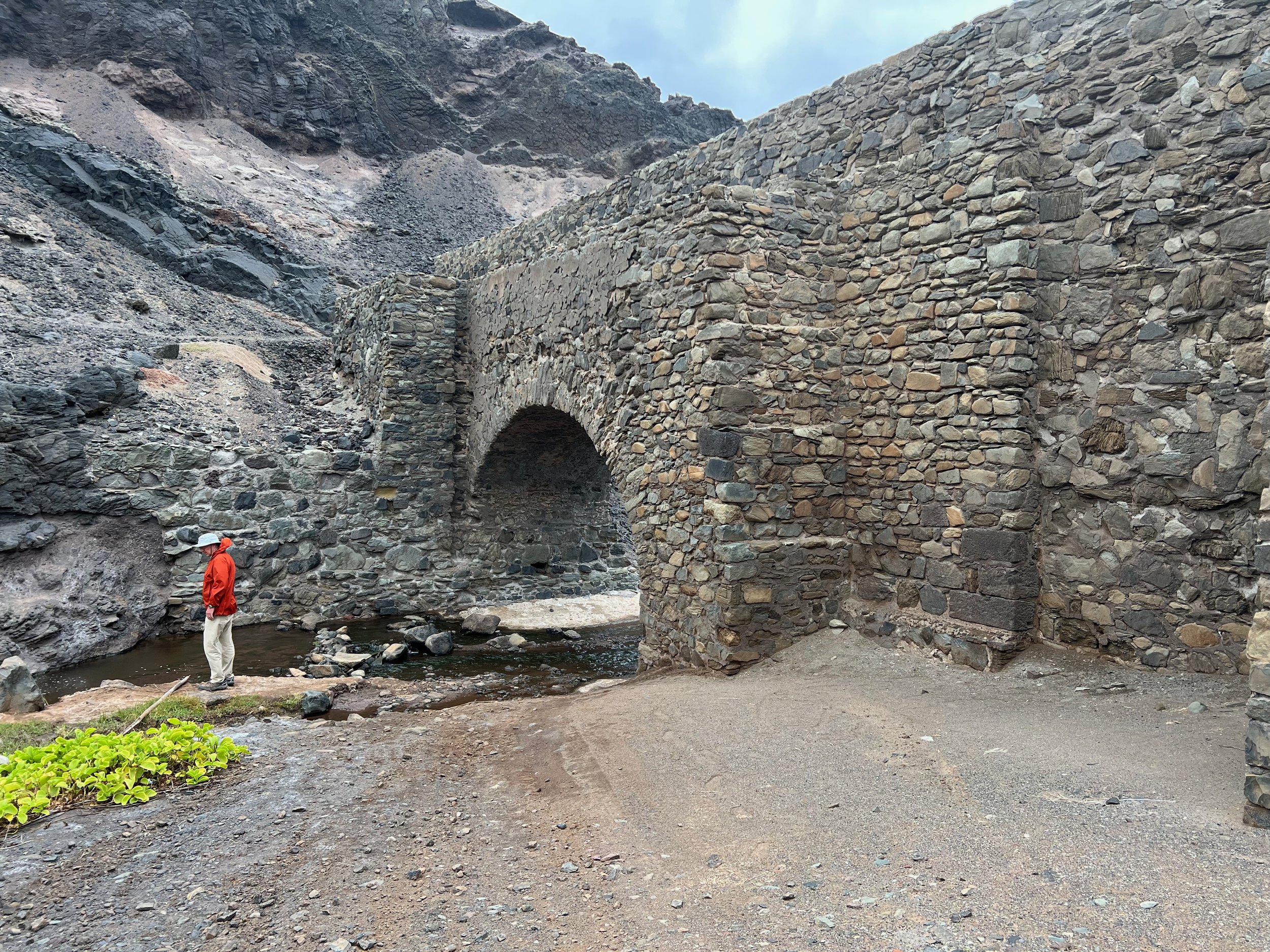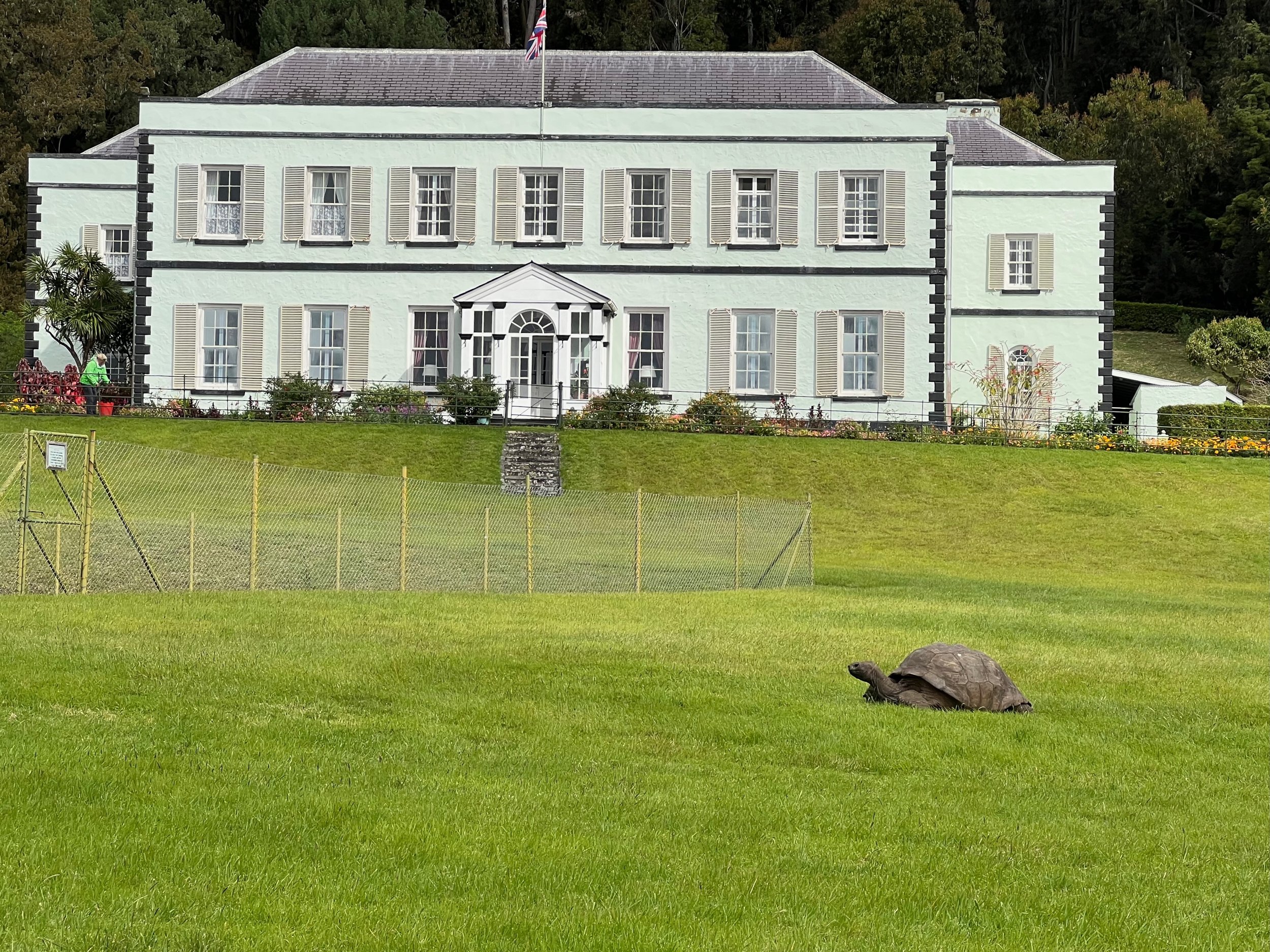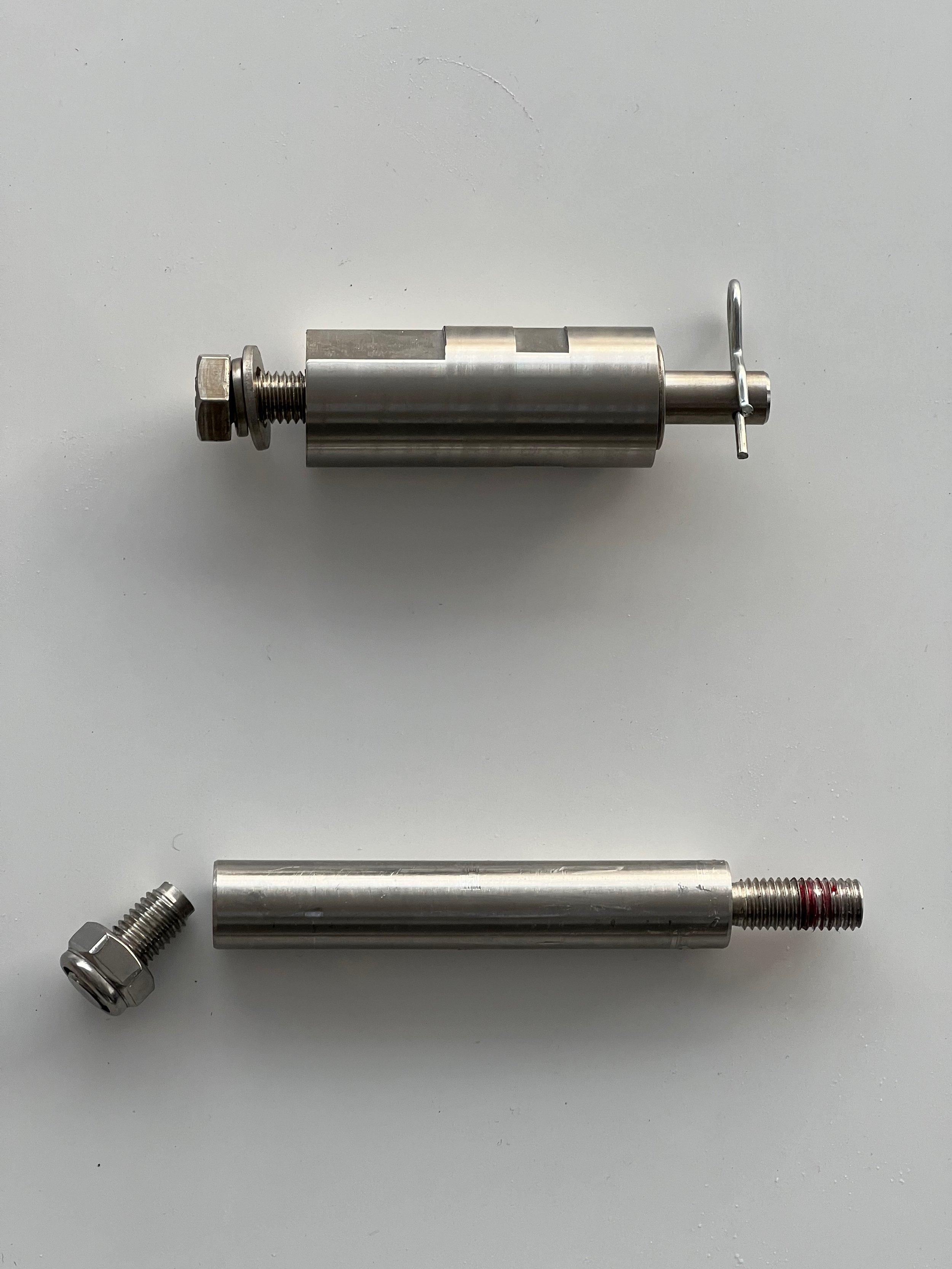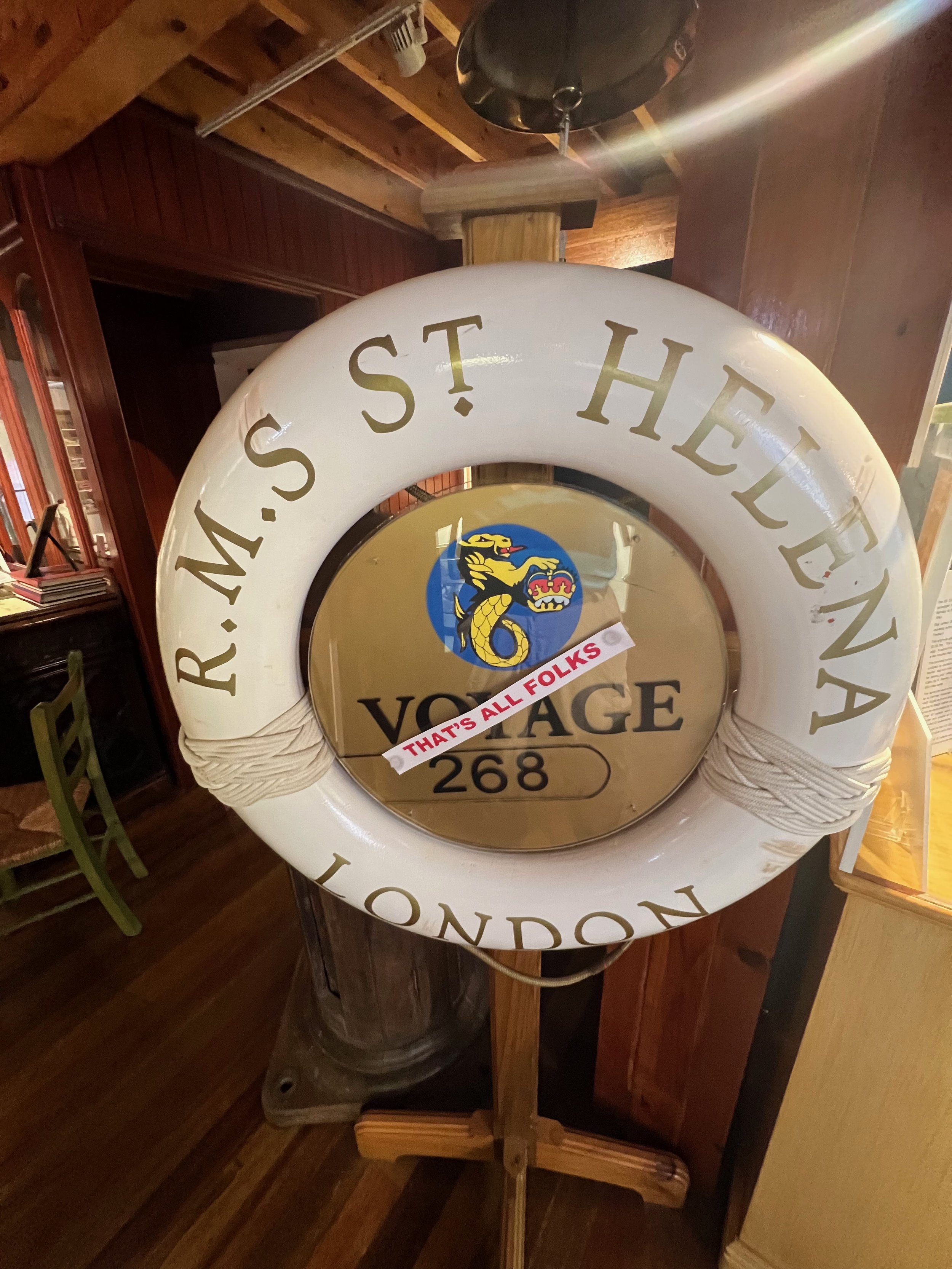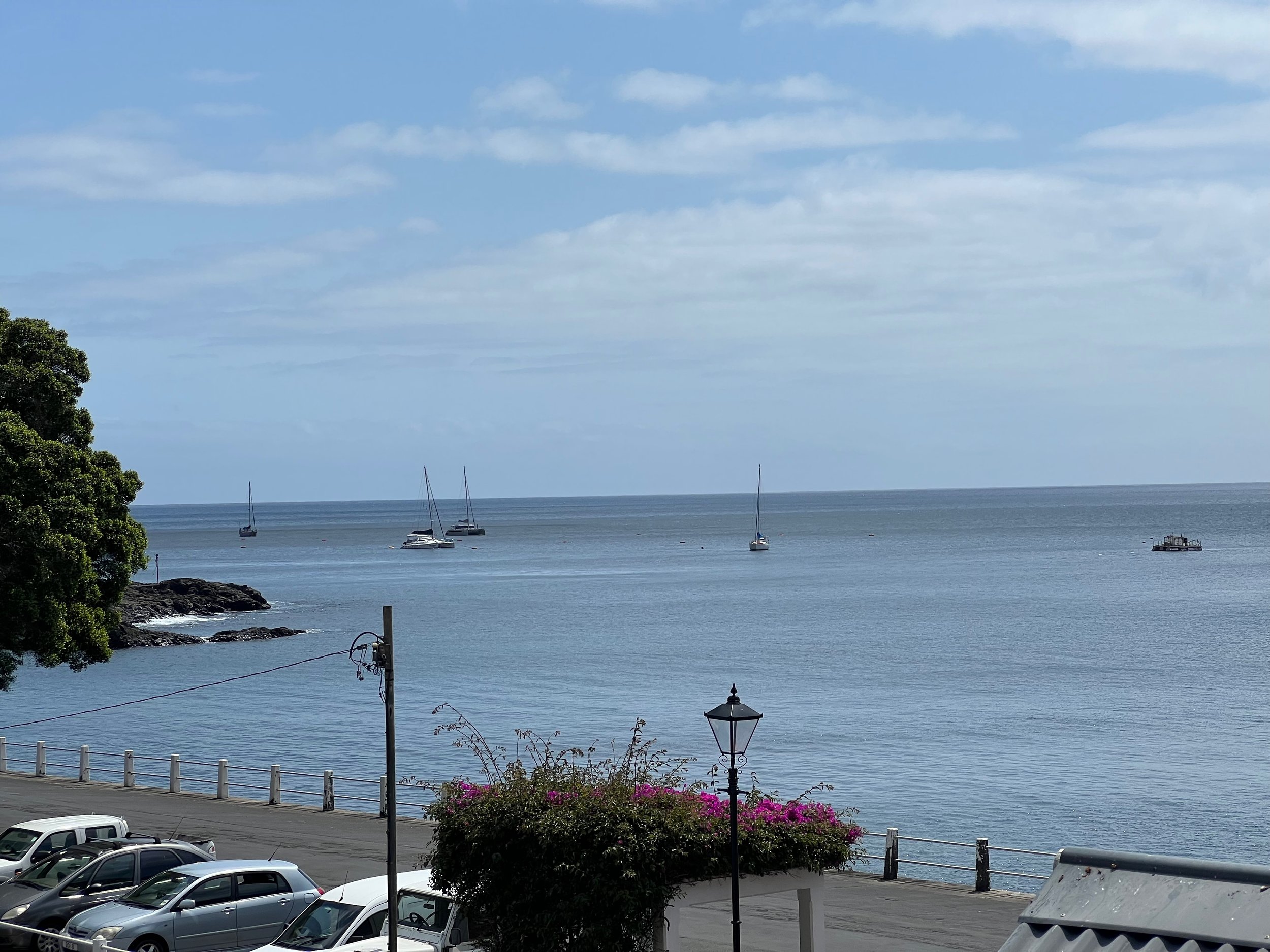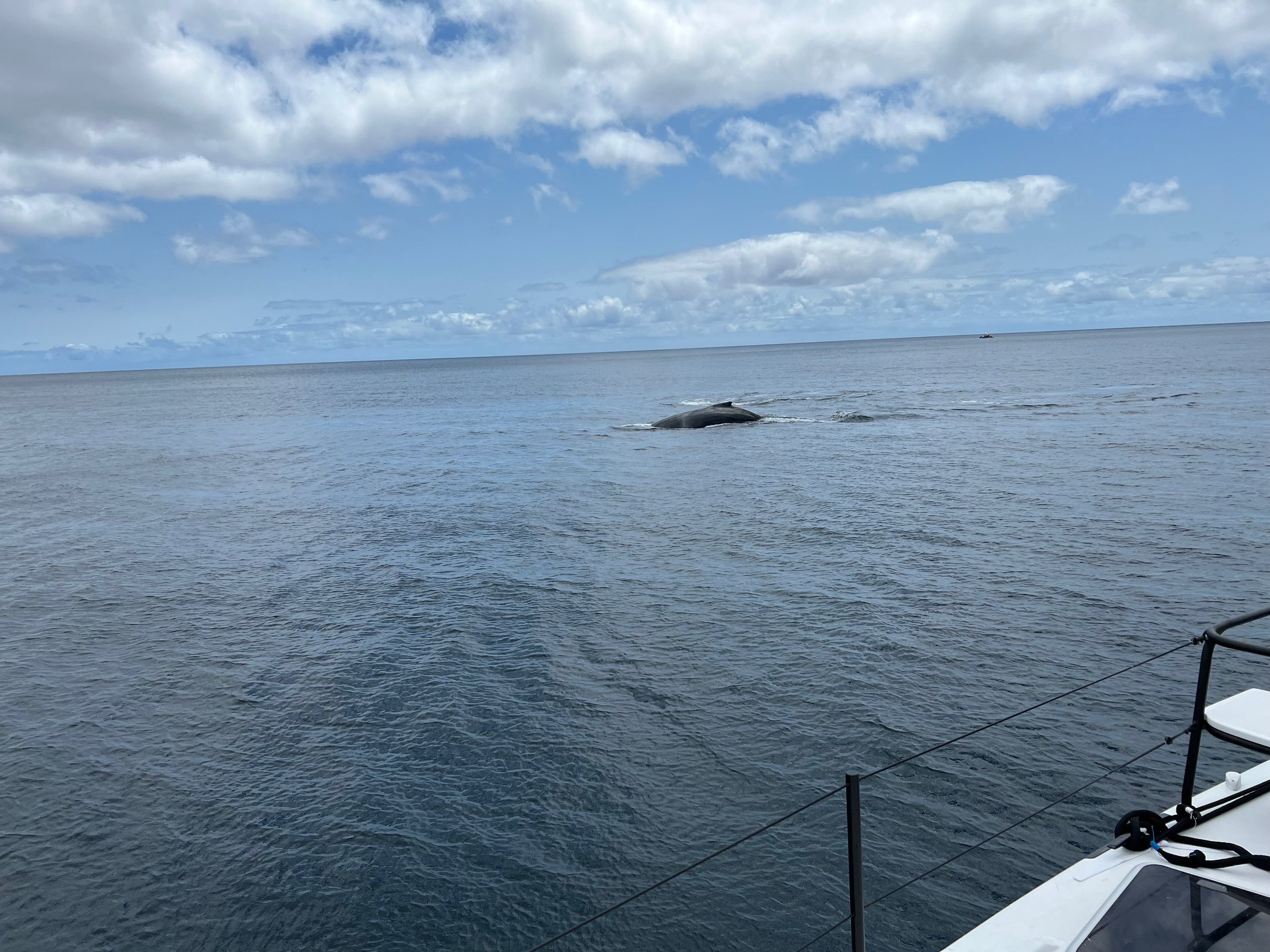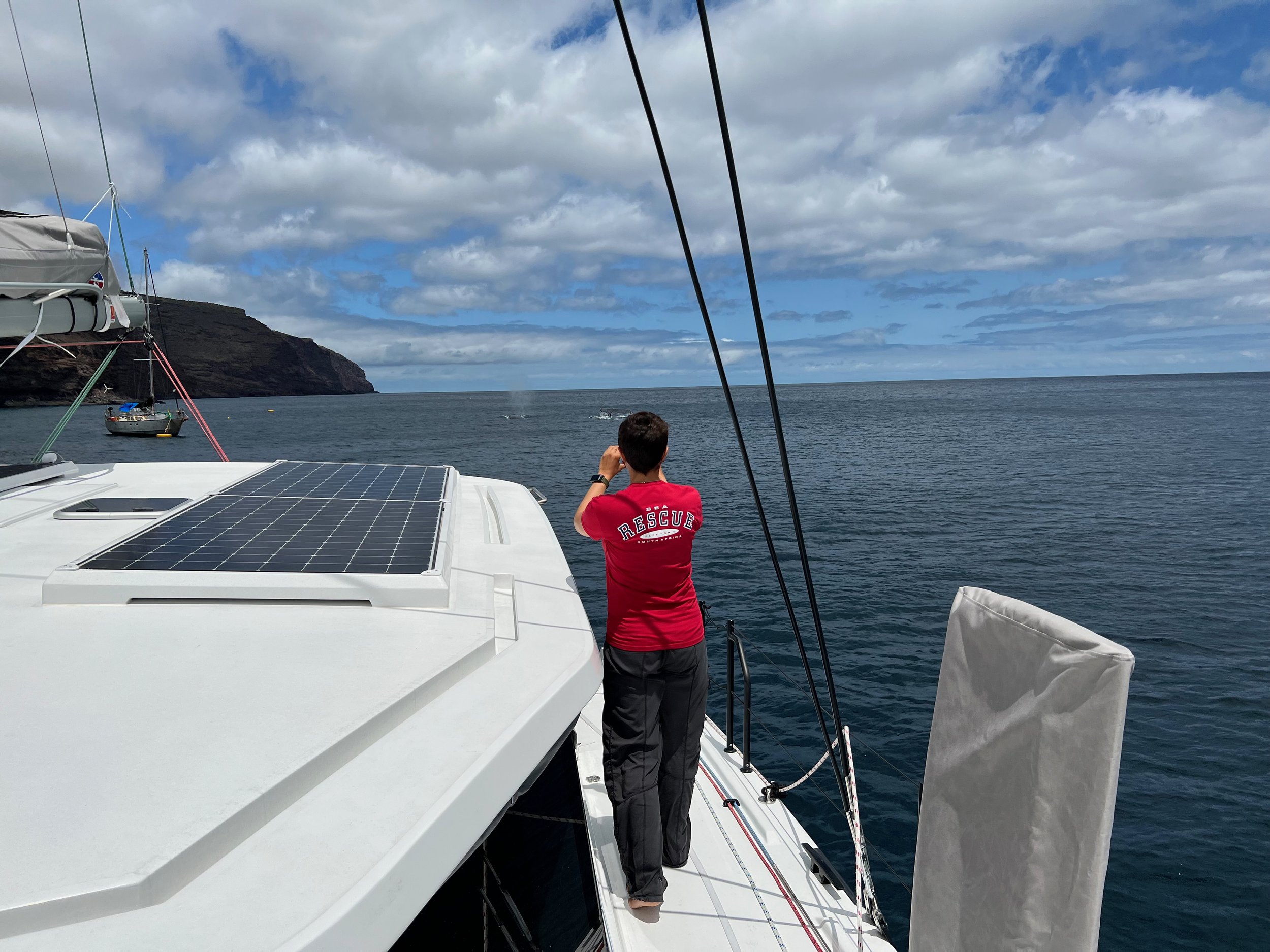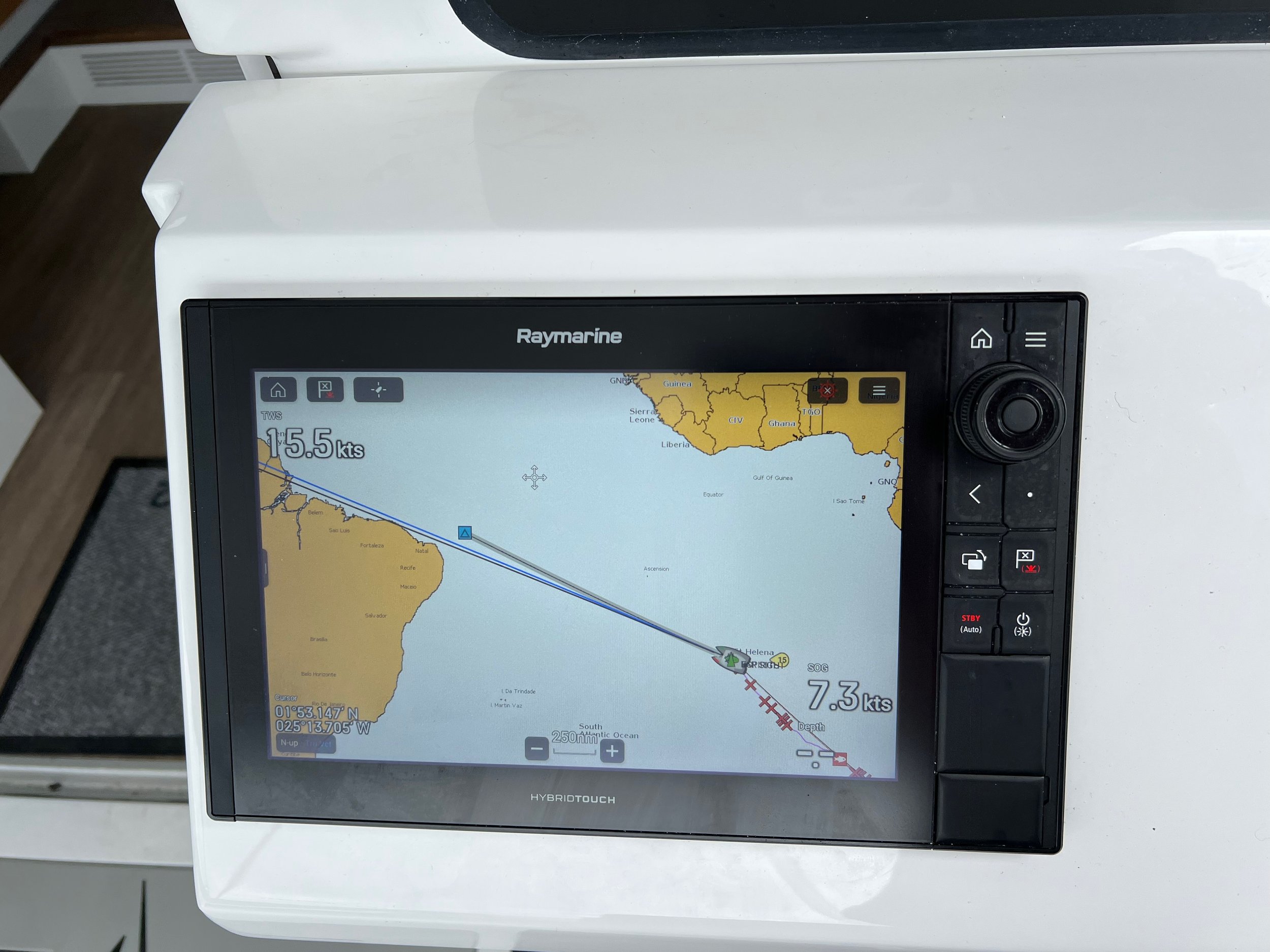Voyage Recap 3: Visiting St. Helena
Note: This is the third of a series recapping Sage’s crossing of the Atlantic Ocean. During the crossing we kept an almost daily blog via our satellite link, which you can see over at our PredictWind Tracker site.
We had timed our arrival to St. Helena for the morning of Wednesday, 21 September, by sailing slowly, then very fast, then slowly again. To be honest we slowed down too soon and then needed to heat it up a bit to get in at the time we preferred. What we didn’t know is that St. Helena, citing “British Tradition,” closes on Wednesday afternoon. Banks, shops, everything closes at 1300. So once tied up safely to the mooring, the port captain told us to come ashore and deal with Port Control, Customs, and Immigration as soon as possible so they could get on with their afternoon. Understood, sir!
The port of St. Helena operates a water taxi, which you can call on the radio on channel 16 call sign “ferry service.” It’s 2.00 Pounds per person per trip, but the ferryman keeps a tab open for the yacht and collects before you depart. Very cool guys operate the ferry, true “water-men” who spend all of their time working in the harbor. On their days off they go fishing.
Going ashore for the first time after a long passage is a strange experience. Your inner ear has adjusted to the constant motion of the decks, your legs are used to compensating for that movement. Then, all of a sudden you are on terra firma and your head and body don’t know what to do. You know that feeling when you first get on a boat? It is exactly like that, only you KNOW that the land is not moving. Your body and brain can take hours to adjust, sometimes days. Those first few steps can be treacherous and hilarious at the same time.
First stop is the immigration office. When the weekly flight arrives on Saturday the officers move to the immigration offices at the airport, but the rest of the time they work at the port in Jamestown. There are fees which need to be paid in Pounds, so we needed to go to the bank, which was going to close at 1300h. Unsure if we were going to make it to the bank in time, they checked us in on a one day visitors visa, promised to extend when we paid the next day. On Thursday we visited again to pay and get our visitors stamp endorsed for a few weeks, even through we hoped we wouldn’t be staying that long.
Then on to customs. Here is where we tell them that we’re not bringing anything onto the island, especially honey. The bees on St. Helena are highly protected and honey from outside is a threat, so they want to make sure that you don’t bring any ashore, and that you don’t throw away any in your garbage.
Then to the port captain’s office, where you pay sign in and agree to pay for your mooring. The fees will be collected at the end of the stay, just like the ferry fares, because it’s impossible to guess how long you will actually be there. Some boats were stuck at St. Helena during covid and had been on the moorings for over a year!
Our first walk through the gate into town, across the “grand parade” and up the hill, we went to the Bank as the highest priority. We were able to extract St. Helena Pounds, enough to pay for our fees and some extra for tourism. The St. Helena Pound’s value is pegged to the British Pound, 1-1, but it is not accepted anywhere except St. Helena, Ascension, and Tristan de Cunha, which are the three islands in this British territory. The trick is to not leave with any SHP, because you’ll never get rid of them. For a small fee you can get money from the bank in GBP, which the shops will all take, so I got a few of those to use on our last day.
In search of a cold beer after the bank we found the Consulate Hotel. They were apologetic that the beer wasn’t very cold, because being Wednesday they were not expecting patrons and had turned off the refrigerators to save energy. It was cold enough and it was also the only place open, so we sat and had a beer and chatted with Peter, who runs the place with Hazel the owner. There were odd pieces of rigging lying around from a large sailboat, including an aluminum boom that was about 35 ft. long out in the back garden. Peter related that he had salvaged those parts from a boat that was impounded on the island for drug running. Or so we heard.
We spent almost a week in St. Helena. We had a great tour of the island with Aaron’s adventure tours, which turned out to be a little more adventurous than planned due to a van failure. We met a Facebook Friend (Hi Bruce!) who had been following us along. We had some great meals and stocked up on some interesting food. And most importantly, we got the autopilot issue fixed with some help from the local machinist Adrian Duncan. It’s a fascinating place and well worth a visit if you are doing the passage from South Africa to the Caribbean.
